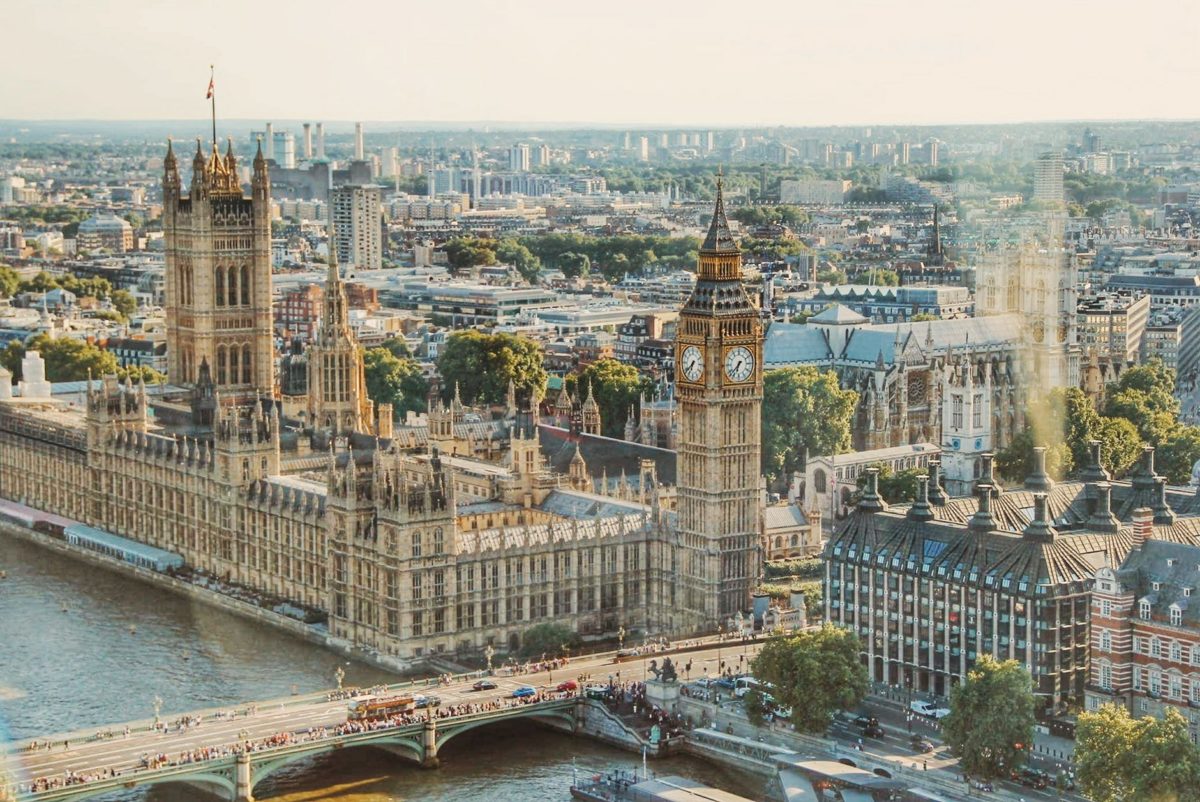So Ms Markle has found her prince and all of the modern world has seen photographs of the happy couple and the ring and shared her unconventional background on social media – she’s an American, an actress, a divorcee, older than the prince, her mother is a social worker and yoga teacher – all pretty quirky for the Royal family. But there’s more – her mother is ‘black’, descended from slaves and wears dreadlocks and a nose ring, and her father is ‘white’ of Dutch and Irish stock and works in the film industry.
Of course, the Mother Grundies have not missed the opportunity to pass judgement which is not only racist but also classist, so much so that the Prince had to step in to appeal to the media to refrain from abuse and harassment.
I love unconventional, I love quirky, I love things that don’t fit neatly into the box … but why, oh why, Ms Markle do you, and so many others, persist in “identifying as bi-racial” and “mixed-race”, as if your parents are from two different species and you are the creation of some intergalactic union? When are we going to stop referring to bio-geographical differences as races? There’s no note of Papa Markle being of mixed “race” even though his ancestry is a mixture of different cultures, languages, and backgrounds.
It’s almost 160 years since Charles Darwin arrived at the radical conclusion that we were all one species in his book, Origin of the Species (1859). Radical, that is, for his time (1809-1882) when the prevailing views were of the innate inferiority of the Negro, and people in the New World associated slavery with dark skin colour. Once black and slave became synonymous, anti-black racism increased in intensity and later became institutionalised in the American South as segregation and in South Africa as apartheid.
Historian, Niall Ferguson, says that Europe’s monarchies were prepared to cross oceans and conquer continents in pursuit of ‘God, Gold and Glory’, but without the African slaves who worked the land, Western Europe would have remained underdeveloped and dependent on the East for input regarding technology, culture and wealth. Both science and religion[1] were being used to justify the enslavement and exploitation of millions of Africans and Asians. A common belief was that black people were not far from apes in origin, so Darwin’s proposal that all people shared a common origin (monogenesis) was indeed a dangerous one.
Although the idea that God had created two men, one white and one black, went against the Christian teachings of the unity of mankind, it led to the anatomical and scientific examination of black bodies and skin, and the Royal Society went so far as to suppress research which found skin colour to be a superficial distinction among humans. The theory of polygenesis was used by British colonialists to justify the perpetual slavery of Africans as well as the subjugation of Native Americans.
Darwin was an abolitionist (both his grandfathers were active in the English anti-slavery movement) and he was reportedly deeply affected by his experiences of slavery during his voyage on the scientific research ship, the Beagle. However, while he believed in the monogenic origin of humanity, he still divided humans into different races based on superficial differences in skin, eyes and hair and believed that Europeans (or ‘whites’) were evolutionary more advanced than darker skinned people, according to Steven Rose, professor of biology and neurobiology at the Open University. Likewise, Darwin’s views concerning differences between males and females reflected the bias of his time, that males were biologically stronger.
When Nobel Prize winners, Watson and Crick, discovered the molecular structure of DNA in 1953, the idea that “the blood” (or the genes) is the primary determinant of human traits and capacities was disproved once and for all. All humans are 99% genetically identical; there is only one human race. To use terminology such as “bi-racial” or “mixed-race” is to imply that there is more than one human race and perpetuates the myth of racial superiority. Yes, different populations of people may display differences in biological make-up, but these are due to what Professor Rose calls bio-geographical ancestry. So people living in the northern or southern hemisphere, hot or cold climates or in isolated areas versus densely populated ones, may appear differently to others.
The reactions to Ms Markle’s rise from slavery to royalty, as it has been called by one publication, is evidence of the pervasive racism that infects our society and it is unfair to place the burden of these perceptions on one person’s shoulders and expect change. But, maybe, if all this issue does is raise awareness and gets people talking, it will be worth the media hype … but let’s get the terminology correct. Words are powerful.
[1] The so-called ‘Curse of Ham’ was the most important biblical justification for slavery; in the Book of Genesis, Noah curses Ham, the son of Canaan, to be the ‘servant of servants’.
This article was published in The Cape Times on 14 December 2017 under the heading: Why, Meghan, do you, persist in identifying as ‘bi-racial’ and ‘mixed-race’?
